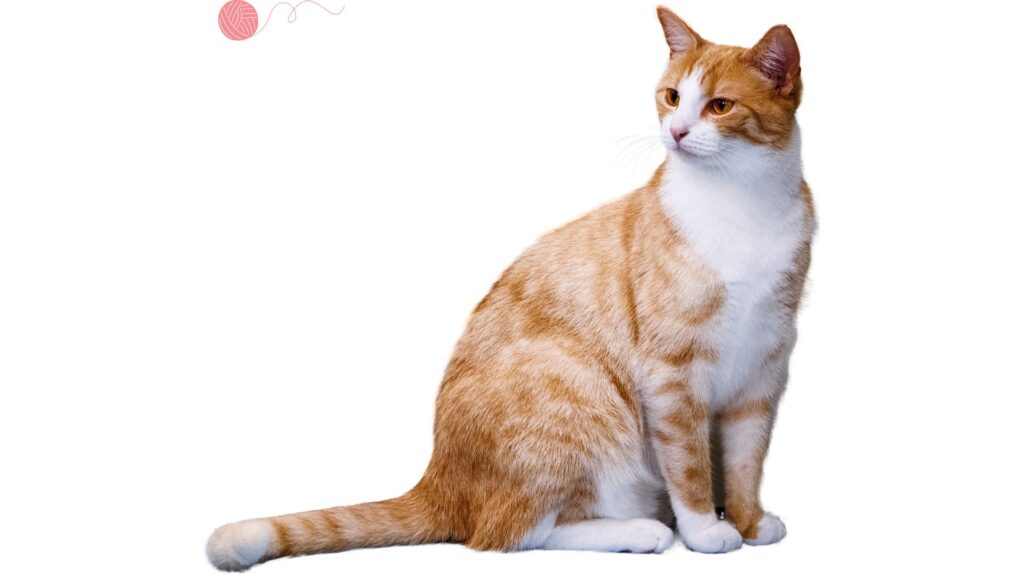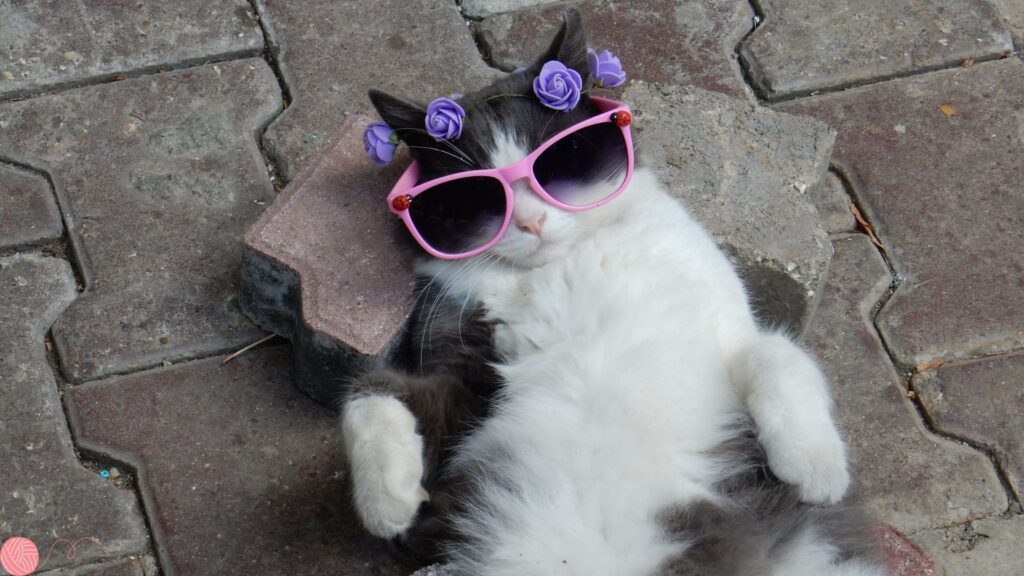Cats are often enigmatic creatures, graceful and aloof one moment, and playful or mischievous the next. Alongside their charming qualities, they can sometimes exhibit behaviors that are perplexing or frustrating to their human companions. Understanding the root causes of these actions and knowing how to address them can significantly enhance the harmony of your cohabitation. Let’s explore some common behavioral problems in cats and effective strategies for remedying them.

- Inappropriate Elimination
One of the most common issues cat owners face is inappropriate elimination, which means a cat is urinating or defecating outside their litter box. This can stem from various causes such as a medical problem, stress, an unclean litter box, or dislike of the type of litter used.
Solution: First, rule out any medical issues by visiting a veterinarian. Ensure the litter box is cleaned regularly and placed in a quiet, accessible location. You might also experiment with different types of litter to find your cat’s preference.
- Aggression
Aggression in cats can manifest through biting, scratching, or hissing, and might be directed towards humans or other animals. It can be triggered by fear, pain, territorial disputes, or past trauma.
Solution: Identify the source of fear or aggression and minimize these triggers. Never punish aggression as it can exacerbate the problem. Instead, use positive reinforcement and consider consulting a feline behaviorist or your veterinarian for severe cases.
- Scratching Furniture
Scratching is a natural and essential behavior for cats, allowing them to mark their territory, stretch, and maintain their claw health. However, it becomes problematic when furniture becomes the preferred scratching post.
Solution: Provide alternative scratching posts or pads, strategically placed near the targeted furniture or in areas your cat frequents. Encourage the use of these alternatives by using catnip and offering treats or praise when your cat uses them.
- Excessive Vocalization
While some breeds are naturally more vocal, excessive meowing can indicate boredom, illness, stress, or hunger. It’s essential to understand the root cause to address it effectively.
Solution: Regular playtimes and interactive toys can alleviate boredom. Ensure your cat is following a balanced diet and has access to fresh water. Consistent feeding times can help reduce demands for food outside these periods. Vet visits are crucial to rule out underlying health issues.
- Nighttime Activity
Cats are naturally crepuscular, meaning they’re most active during dawn and dusk. This can be problematic for owners trying to get a good night’s sleep.
Solution: Increase interactive play in the evening to tire your cat out before bedtime. Ensure they have a comfortable, enticing place to sleep, and try to keep feeding times consistent, with the last meal being close to your bedtime.
Implementing the Solutions
Addressing behavioral problems in cats requires patience, consistency, and understanding. Punishment is counterproductive and can lead to heightened stress and anxiety, exacerbating unwanted behaviors. Focus on positive reinforcement, environmental modifications, and consult with professionals when needed.
Understanding and modifying cat behavior not only improves the quality of life for both you and your feline companion but also deepens the bond you share. By acknowledging their natural instincts and providing appropriate outlets for them, you create a happier, more harmonious home.




